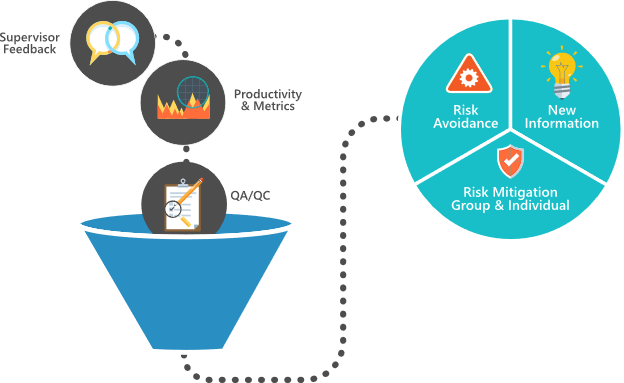Refresher training can be an effective and efficient way of ensuring employees maintain competence. Instead, it’s often a jumble of content that doesn’t meet the needs of the employee or the organization.
A competent employee can perform all work tasks, in all conditions, to the standards and defined expectations. Once competence is achieved, knowledge and skills begin to degrade (up to 70% within 24 hours after training), so organizations must rely on alternate indicators to determine when to intervene.
How do we sort through the data to make the most of the limited time and resources available?
